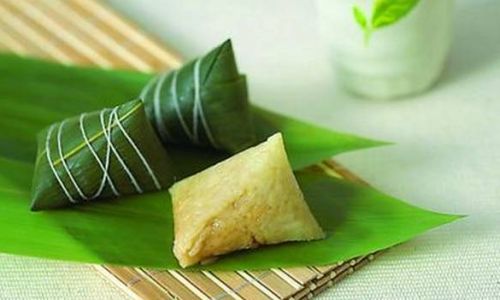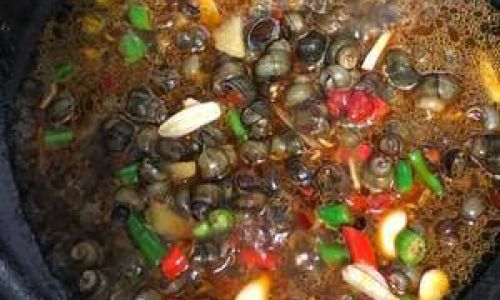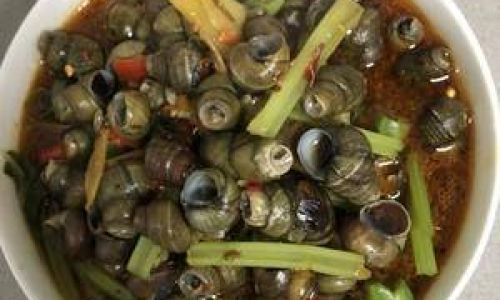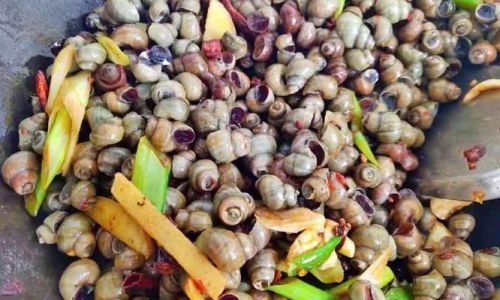Introduction
Zongzi, the iconic pyramid-shaped dumpling wrapped in bamboo leaves, is a beloved staple of Chinese cuisine, particularly during the Dragon Boat Festival. These aromatic rice dumplings, stuffed with fillings like glutinous rice, mung beans, salted egg yolks, and marinated meats, require precision, patience, and practice to master. For many, the challenge lies not only in creating a flavorful filling but also in wrapping the zongzi efficiently without compromising its structure or appearance. This article delves into the secrets of wrapping zongzi quickly and flawlessly, combining traditional wisdom with modern efficiency. Whether you are a novice cook or a seasoned chef, these techniques will help you streamline the process while ensuring every zongzi is a work of culinary art.
Understanding the Basics of Zongzi
Before diving into wrapping techniques, it is essential to grasp the fundamentals. Zongzi consists of three primary components: the wrapper (typically bamboo or reed leaves), the filling, and the glutinous rice that binds everything together. The leaves provide a distinct earthy fragrance, while the filling varies by regional preference—sweet in the north (e.g., red bean paste) and savory in the south (e.g., pork belly with mushrooms). The key to a well-wrapped zongzi lies in balancing these elements and securing them tightly enough to withstand boiling without unraveling.
Tools and Ingredients: Preparation Is Key
To wrap zongzi efficiently, you must first organize your workspace and gather all necessary materials. Here’s a checklist:

- Bamboo or Reed Leaves: Soak them in water for at least 2 hours to soften. This makes them pliable and less prone to tearing.
- Glutinous Rice: Rinse and soak for 4–6 hours to ensure even cooking.
- Fillings: Prepare in advance (e.g., marinate pork, cook mung beans, or shape red bean paste).
- String or Twine: Use natural fibers like hemp or cotton, cut into 18–24-inch lengths.
- Scissors: For trimming excess leaves or string.
- Large Pot: For boiling the zongzi (ensure it’s deep enough to submerge them fully).
The Wrapping Process: Step-by-Step Mastery
Leaf Preparation
- Softening: After soaking, wipe the leaves dry to prevent slippage during wrapping.
- Trimming: Remove tough stems with scissors to create a smooth edge.
- Layering: For larger zongzi, overlap two leaves slightly to create a wider surface area.
Creating the Funnel
- Folding Technique: Hold a leaf (or two) with the shiny side down. Fold it diagonally to form a cone, leaving a 1-inch overlap at the base.
- Secure the Base: Pinch the folded edge between your thumb and index finger to create a tight seal. This prevents rice from escaping during cooking.
Filling the Cone
- Layering: Add a spoonful of glutinous rice (about 1–2 tablespoons), followed by your filling, and top with another layer of rice.
- Avoid Overstuffing: Leave ½ inch of space at the top to allow for expansion during boiling.
Folding and Tucking
- First Fold: Bring the long end of the leaf over the filling, tucking it tightly against the rice.
- Second Fold: Fold the sides inward, creating a triangular flap. This step is critical for sealing the zongzi.
- Final Tuck: Fold the remaining leaf tail downward, aligning it with the base of the cone.
Securing with String
- Tying Technique: Loop the string around the zongzi’s waist, crossing it at the base and pulling taut. Avoid over-tightening, as this may compress the rice.
- Knotting: Tie a double knot to secure the string. For added speed, pre-cut and organize strings by length.
Pro Tips for Speed and Efficiency
Assembly Line Organization
- Arrange your workspace like a production line: leaves on one side, rice and fillings in bowls, and a tray for finished zongzi. This minimizes movement and saves time.
Batch Preparation

- Soak and trim leaves in bulk. Store them in a damp cloth to prevent drying.
- Pre-cook fillings (e.g., boil eggs, stir-fry mushrooms) ahead of time.
Ergonomic Folding
- Use your non-dominant hand to hold the cone steady while folding with your dominant hand.
- Practice the “pinch-and-tuck” motion to create consistent shapes.
String Management
- Soak strings in water to prevent fraying.
- Wrap strings around a cardboard roll for easy access.
Leverage Symmetry
- Maintain uniformity in leaf folding and filling quantities. This ensures even cooking and reduces the need for adjustments during wrapping.
Common Mistakes and How to Avoid Them
Leaky Zongzi
- Cause: Inadequate sealing at the base or sides.
- Fix: Reinforce the funnel’s seal by pinching harder and folding leaves tightly.
Uneven Cooking
- Cause: Inconsistent filling distribution or variable sizes.
- Fix: Use a measuring spoon for rice and fillings. Weigh zongzi if precision is critical.
Burst Leaves
- Cause: Overstuffing or insufficient soaking.
- Fix: Soak leaves longer and reduce filling by 10–15%.
String Marks on Rice
- Cause: Over-tightened strings.
- Fix: Tie loosely but securely. The string should hold the shape without indenting the rice.
Advanced Techniques for Experienced Wrappers

The “Four-Corner” Method
- A traditional technique where the zongzi is folded into a perfect pyramid with four distinct corners. This requires precise leaf alignment and folding.
Double-Leaf Wrapping
- For larger zongzi, use two leaves crossed at the center. This distributes pressure evenly and reduces tearing.
Decorative Folds
- Experiment with leaf patterns (e.g., braiding or twisting) for aesthetic appeal. These are purely cosmetic but impress guests.
Speed Wrapping Drills
- Practice folding empty leaves without fillings to build muscle memory. Time yourself to improve speed without sacrificing quality.
Scaling Production for Festivals
During the Dragon Boat Festival, families often wrap hundreds of zongzi. To manage large batches:
- Delegate Tasks: Assign leaf prep, filling mixing, and wrapping to different family members.
- Use Assembly Stations: Set up multiple workstations to avoid bottlenecks.
- Batch Boil: Cook zongzi in batches of 20–30, ensuring they’re fully submerged. Add weights (e.g., a plate) to prevent floating.
Troubleshooting Guide
| Issue | Solution |
|---|---|
| Zongzi falls apart | Check leaf seals and string tension. |
| Rice is undercooked | Increase boiling time by 15–30 minutes. |
| Leaves taste bitter | Soak leaves longer or blanch briefly. |
| Filling leaks | Use less liquid in marinades; wrap tighter. |
Cultural Significance and Preservation
Zongzi wrapping is more than a culinary skill—it’s a cultural ritual. Passing down these techniques preserves tradition while adapting to modern lifestyles. For those short on time, consider semi-prepared kits (pre-soaked leaves, pre-mixed fillings) or frozen zongzi. However, homemade zongzi offer unparalleled freshness and a sense of accomplishment.
Conclusion
Wrapping zongzi quickly and beautifully is an art that blends dexterity, planning, and patience. By mastering leaf preparation, efficient folding techniques, and strategic organization, even beginners can achieve professional-quality results. Remember that practice makes perfect—start with smaller batches, refine your method, and soon you’ll be wrapping zongzi with the speed and precision of a seasoned pro. Whether for a family feast or a cultural celebration, these skills will ensure your zongzi are both delicious and visually stunning. Happy wrapping!





0 comments